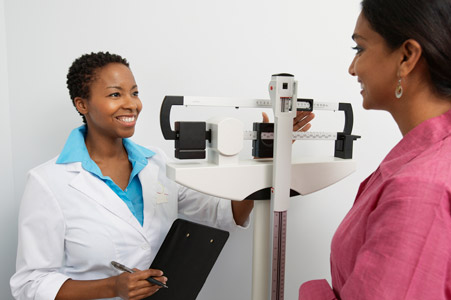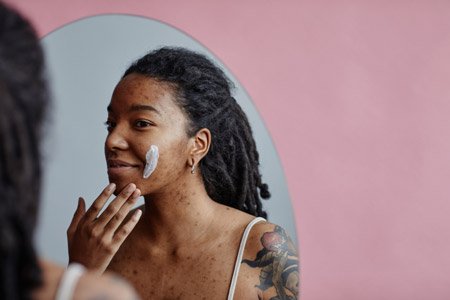


What Is Light Therapy and What Are Its Potential Benefits?
More and more, patients are looking to supplement traditional medications and treatment solutions to combat issues they experience with their skin. While some turn to surgery or injections as solutions, many patients can be uncomfortable with more invasive procedures.
Light therapy has emerged as a popular, non-invasive way for patients with skin concerns to supplement their more traditional regimes aimed at promoting clearer, healthier-looking skin.
In this article, we’ll dive into what light therapy is and what the potential benefits may be.
What Is Light Therapy?
Light therapy is an umbrella term that encompasses treatments that leverage LED (light-emitting diode) technology to penetrate your skin’s different layers to potentially improve the appearance of the skin. Light therapy’s scientific aim is to help your skin’s tissues and cells grow more effectively. Dermatologists can use several different wavelengths of light for these therapies, including blue light, yellow light, red light, and near-infrared light.
Your dermatologist may elect to use LED light therapy to help with a whole range of skin concerns. These therapies often are used in tandem with use treatments such as facials, prescription creams and ointments, and cleansers.
While many light therapy sessions are conducted within dermatology offices, at-home devices, like LED masks, are becoming increasingly popular. Be sure to check in with your dermatologist to determine if these devices are right for you and your skin before making any purchases.
What Are the Possible Benefits of Light Therapy?
According to the Cleveland Clinic, light therapy can be used to treat eczema, hair loss, mild/moderate acne, psoriasis, rosacea, sun damage, and wrinkles.
Some dermatologists may also elect to try LED light therapy to treat small and superficial basal cell carcinoma, which is the most common type of skin cancer, affecting about 3.6 million Americans each year.
It should be noted that the changes to your skin due to light therapy tend to be subtle and patients have to get reoccurring treatments to see potential improvements to the conditions mentioned above.
Before booking any light therapy sessions be sure to have conversations with your dermatologist, physician, and optometrist. There are many groups of folks who are at higher risk of adverse reactions to light therapy and some patients who should avoid it altogether — it’s important to clearly understand your risk factors.


.jpg)
.jpg)
.jpg)


















.jpg)





















.jpg)








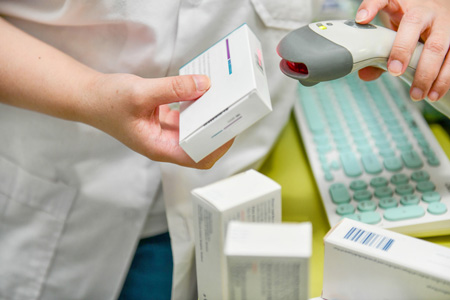








.jpg)



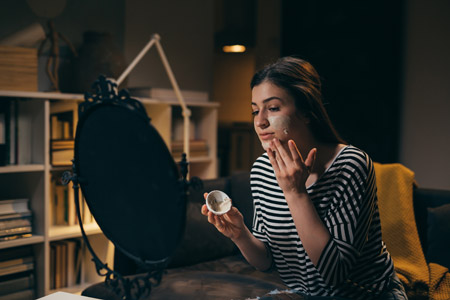

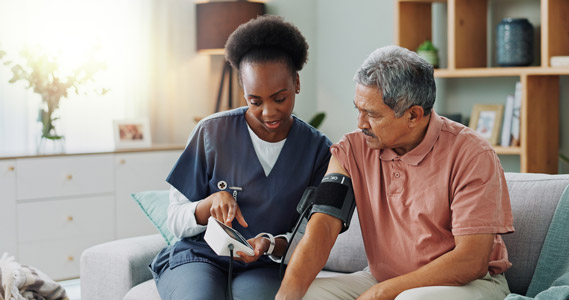










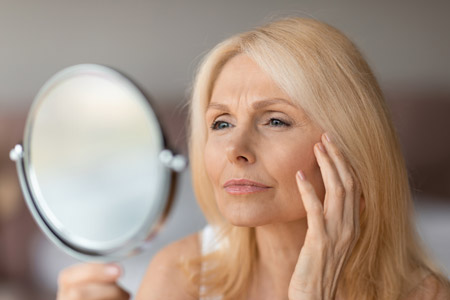

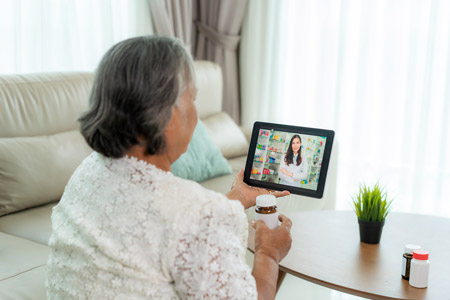







.jpg)
.jpg)
.jpg)


